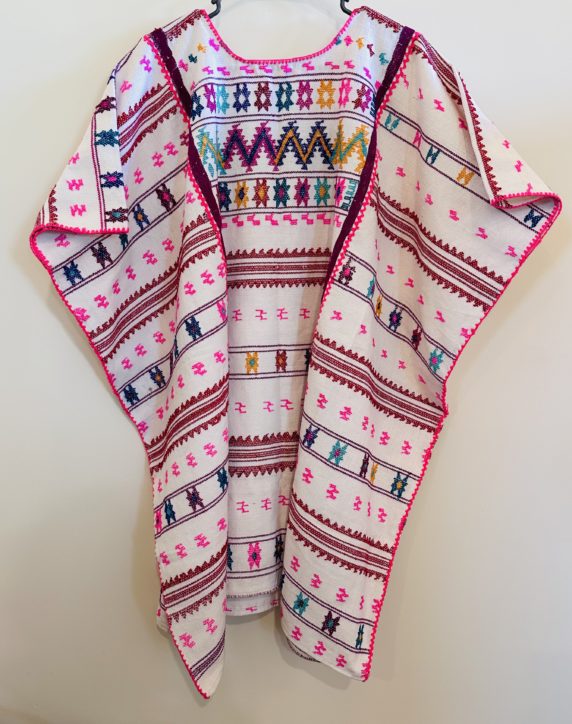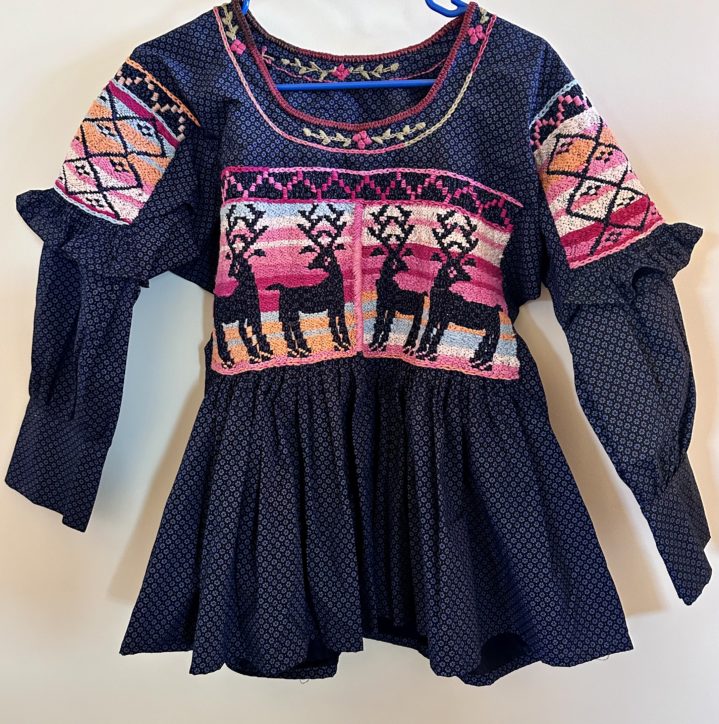I was fascinated to read Heather Cox Richardson’s Letters from an American December 8, 2023, essay on the power of art to restore the economy and economic confidence. She takes us back to Roosevelt’s New Deal as a way to infuse vitality into the economy after the 1929 stock market crash by investing in public art, public works, and building public confidence in the government’s ability to set things right.
What I didn’t know and what she explains is that Roosevelt and his administration informed this policy based on the 1920’s Mexican Muralist Movement, led by Diego Rivera, Jose Clemente Orozco and David Alfaro Sequeiros.


She writes, ” … on Friday, December 8, 1933, in the first year of President Franklin Delano Roosevelt’s administration, the Advisory Committee to the Treasury on Fine Arts met for four hours in Washington, D.C., with museum directors from all over the country and leaders from the art world.”

After launching the Civilian Conservation Corps that put young men to work planting trees, fighting fires, and maintaining wilderness trails, after establishing the Federal Emergency Relief Administration to provide work and cash relief for unemployed workers, after creating the Agricultural Adjustment Administration to boost farm prices by reducing agricultural surpluses, and after putting in place the Civil Works Administration to employ more than 4 million unemployed Americans to build 44,000 miles of new roads, 1,000 miles of new water mains, and building or improving 4,000 schools, the federal government turned its attention to the arts.


Now it was time to help artists, says Cox Richardson, and writes, “Inspired by the 1920s public art movement in Mexico in which young artists were paid to decorate public buildings, FDR’s former classmate George Biddle suggested to the president that artists could be hired to ‘paint murals depicting the social ideals of the new administration and contemporary life on the walls of public buildings.'” Others in the administration said artists needed to eat just like other people. More than $1 million was set aside to alleviate economic hardships experienced by American artists.
Coit Tower in San Francisco was chosen for the pilot project and twenty-six local artists plus their assistants transformed the space into frescoes and murals depicting California life. The project was supervised by Diego Rivera-trained muralist Victor Arnautoff, and funded by the Public Works of Art Project (PWAP).
New Deal artists were different from the Mexican muralists who focused on the Mexican Revolution. They wanted to emphasize FDR’s new approach to government. They painted about restoring a belief in the American political system of democratic ideals and a thriving economy.
These artists turned away from cubism and focused on creating an American scene that represented rural or urban America. The result was an expression of intelligence, power, and beauty found in ordinary people living ordinary lives.

“Coit Tower showed San Francisco’s people: striking workers, farmers, cowboys, travelers reading newspapers, news stenographers, chauffeurs, a rich man being held up at gunpoint, car accidents. People of color and women were underrepresented but not entirely ignored in this celebration of the possibilities of American life under the administration’s new policies (one mural had an oil can in a corner to illustrate the government oiling the machinery of the economy for the mechanics in the next panel),” says Richardson.


These murals in Coit Tower were such a success that the federal government would launch four more projects to fund artists (including writers), most famously under the Works Progress Administration that operated from 1935 to 1942. The result were murals and essays representing the lives and histories of ordinary Americans that decorated libraries, schools, courthouses, bathhouses, and post offices, honoring community and hard work—and, in the edgier paintings, jabbing at stockbrokers, bankers, and industrialists—celebrated a hopeful, new, progressive America.

We will be bringing back Looking for Frida Kahlo and Diego Rivera in Mexico City, February 28-March 6, 2025, to explore the Mexican Muralist Movement, with a focus on these two masters intertwined in love and creativity. The tour will include visits to four sites where murals are on display, a boat ride in Xochimilco, visits to Casa Azul, and the Dolores Olmedo Museum that holds the world’s largest collection of Kahlo’s work. In addition, we will discover textile galleries and textile design studios in the Polanco neighborhood. Our tour will be led by an art historian, with Eric Chavez Santiago and Norma Schafer.
If you are interested in this experience, please send us an email to get on the notification list.






